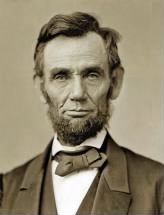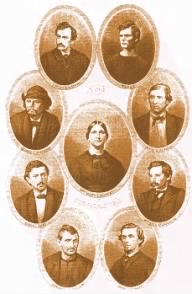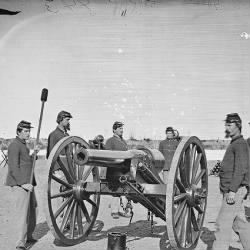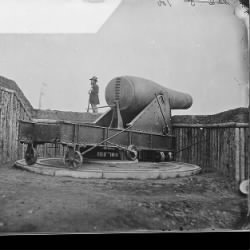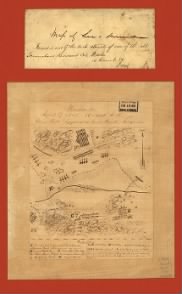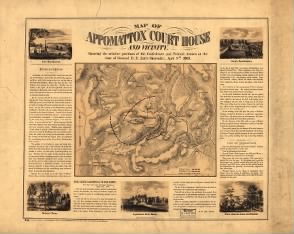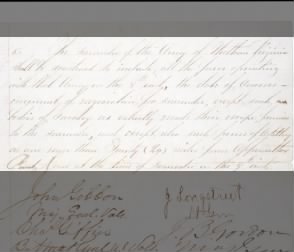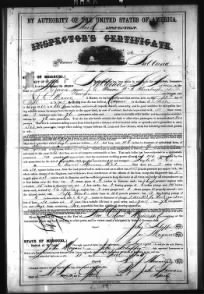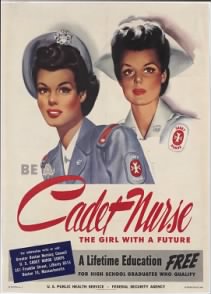
On May 12–13, 1865, 800 Federal troops under Colonel Theodore H. Barrett engaged Colonel John S. Ford‘s 350 Confederates outside Brownsville, Texas, in the Battle of Palmito (Palmetto) Ranch, the last battle of the Civil War.
Although an informal agreement to avoid conflict had existed between the Federals and Confederates along the Rio Grande since March, Barrett (who had only recently taken command) decided to launch an attack. A few hundred of his troops advanced on White’s Ranch on May 12, only to find it deserted, so the Federals continued on to Palmito Ranch, skirmishing along the way. The Federals successfully took Palmito Ranch, but Confederate forces returned later that day, causing the Federals to fall back to White’s Ranch.
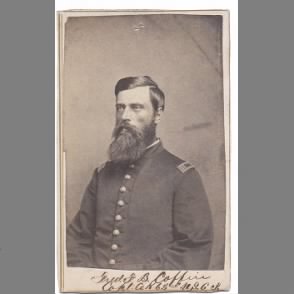
The next day, the Federals were reinforced by another few hundred men, and they set off again for Palmito Ranch, destroying what remained and again skirmishing with Confederates. However, later that afternoon, Ford and his Confederates (who had also been reinforced) launched an attack of their own. The Confederate artillery forced the Federals to retreat, leaving the Confederates the victors.
There were relatively few killed or wounded on either side, though about a hundred Federals were captured. The conflict is significant almost entirely because of its status as the final battle of the war.
Want to learn more about the Battle of Palmito Ranch and the final days of the Civil War? Start a search on Fold3 or explore our Civil War Collection.




